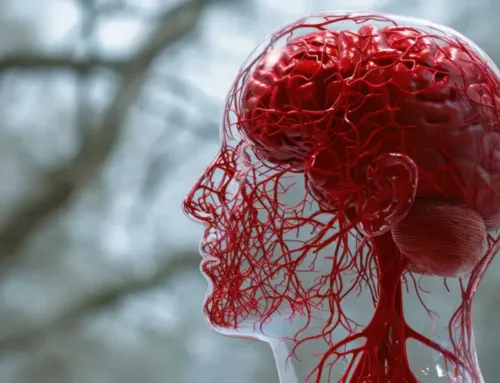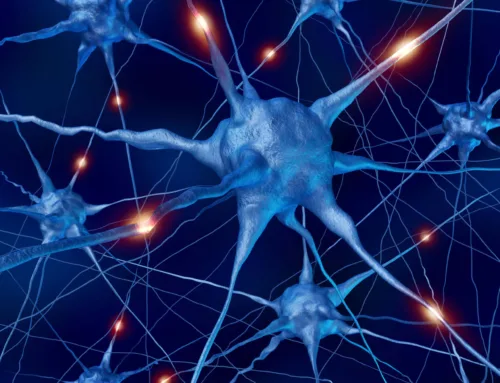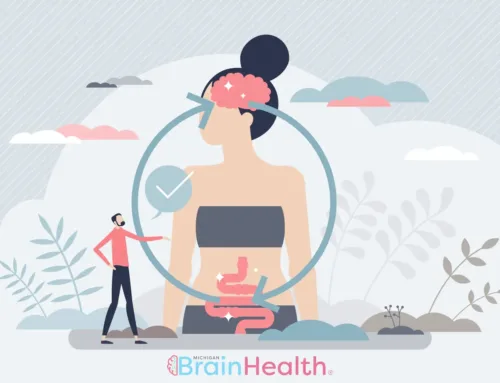Helping a Child with ADHD
Children and adults with ADD or ADHD generally have deficits in executive function: the ability to think and plan ahead, organize, control impulses, and complete tasks.
Although the symptoms of ADHD can be nothing short of exasperating, it’s important to remember that a person with ADHD who is ignoring, annoying, or embarrassing you is not acting willfully. For example, kids with ADHD may want to sit quietly, clean their rooms or listen to their parents—but they don’t know how to make these things happen.
Having ADHD can be just as frustrating as dealing with someone who has it.
Keep this in mind and it will be a lot easier to respond in positive, supportive ways. With patience, compassion, and plenty of support, ADHD can be managed while enjoying a stable, happy home.

ADHD Medications Do Have Side Effects
Like all medications, side effects can be a concern for parents. Unfortunately, our society largely uses allopathic medicine to treat symptoms and conditions, rather than look to causal factors for the health challenge of concern. “The percent of children estimated to have ADHD has changed over time and its measurement can vary. The first national survey that asked parents about ADHD was completed in 1997. Since that time, there has been an upward trend in national estimates of parent-reported ADHD diagnoses across different surveys, using different age ranges.”1

Line Graph of Estimated ADHD Cases From 1997 to 2017
Some of the ADHD medication side effects listed include the following2:
- appetite loss
- headaches
- sleep issues
- moodiness
- tics
- hallucinations
- personality changes
- heart problems
- psychosis
Thankfully, neurofeedback doesn’t create side effects.
An Alternative to Medications
For those seeking a quicker and permanent long-term solution, neurofeedback has been clinically proven to improve or eliminate the symptoms of ADD and ADHD.
Neurofeedback is a computer-based technology that retrains brainwaves to function more efficiently. The process is safe, non-invasive, and has thousands of research studies to support it.
Think of neurofeedback as an exercise for the brain.
Over time a stronger more balanced brain is reflected in more socially appropriate behavior and capacity to stay on task.
Studies show that neurofeedback training benefits can last 30 years or longer and may even increase IQ by 10-12 points.
In a 2012 report, the American Association of Pediatrics recognized neurofeedback as a Level 1 (Best Support Intervention).
WHAT IS NEUROFEEDBACK?
IT’S AS EASY AS WATCHING A MOVIE (or listening to music)
STEP 1 – Patients choose their favorite entertainment on Netflix, Pandora, YouTube, Amazon Prime, or another streaming service.
STEP 2 – Small electrodes are SIMPLY and PAINLESSLY attached to the head.
STEP 3 – Time to relax and enjoy your show.

Sessions usually last 30 minutes. Netflix, YouTube, Pandora, Amazon Prime, or other streaming services have a wide variety of movies and audio that appeal to both young and older patients.
Children actually look forward to their appointments at Michigan Brain Health!
When deviations from normal brainwave activity occur, the computer triggers an audio or visual cue (mage fades or volume is decreased) that alerts the patient that they are outside normal ranges.
These cues are received by the brain, which subconsciously adjusts itself back to a normal pattern to make the cue stop i.e. image returns or sound is improved).
With enough repetition of this process, the brain eventually learns to stay in the normal ranges on its own without the computer.
With the brain functioning normally on its own, symptoms of irregular brain activity will decline.
It has been well documented that people who suffer neurological problems have abnormal brain waves in certain areas of the brain.
For instance, case studies using QEEG “brain maps” have shown that people with Attention-Deficit-Disorder (ADD) can have elevated delta brainwaves, while those who suffer from depression have elevated alpha brainwaves on the left side of their brain.
Those with anxiety will have elevated Beta brainwaves on the right side of their brain, while those suffering from memory loss usually have decreased theta brainwaves.
Training the brain using neurofeedback can change these brainwaves over time, adjusting them into normal, healthy ranges.
It can improve alertness, attention, emotional regulation, behavior, cognitive function, and mental flexibility. When the brain moves back into normal ranges, users will often see a reduction in symptoms.
The best part of neurofeedback is that results are often permanent, allowing a person to reduce or even eliminate medications altogether.
Most medications only manage the symptoms, the goal of neurofeedback is to address the underlying cause and restore normal brainwave functions.

Schedule a Free Evaluation or call (586) 488-4818 and see for yourself how beneficial the Michigan Brain Health neurofeedback program can be for your health challenges.
Always remember one of my mantras, “The more you know about how your body works, the better you can take care of yourself.”
For more details about the natural approach I take with my patients, take a look at the book I wrote entitled: Reclaim Your Life; Your Guide To Revealing Your Body’s Life-Changing Secrets For Renewed Health. It is available in my office or at Amazon and many other book outlets. If you found value in this article, please use the social sharing icons at the bottom of this post and please share with those you know who are still suffering with chronic health challenges, despite receiving medical management. Help me reach more people so they may regain their zest for living! Thank you!
ALL THE BEST – DR. KARL R.O.S. JOHNSON, DC, BCN – DIGGING DEEPER TO FIND SOLUTIONS
Sources:
- https://www.cdc.gov/ncbddd/adhd/timeline.html
- https://www.webmd.com/add-adhd/childhood-adhd/adhd-serious-medication-side-effects








